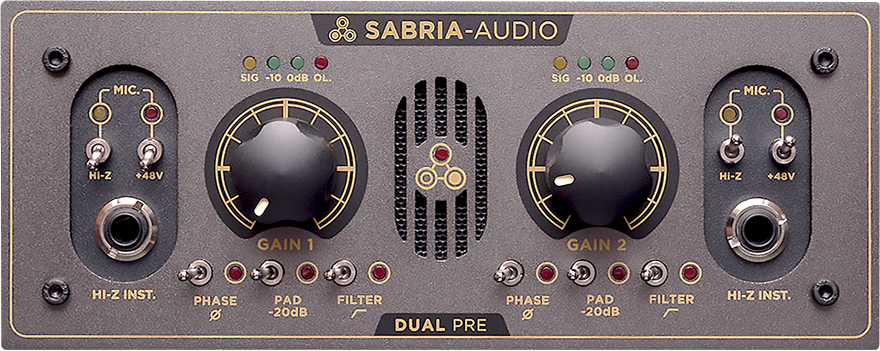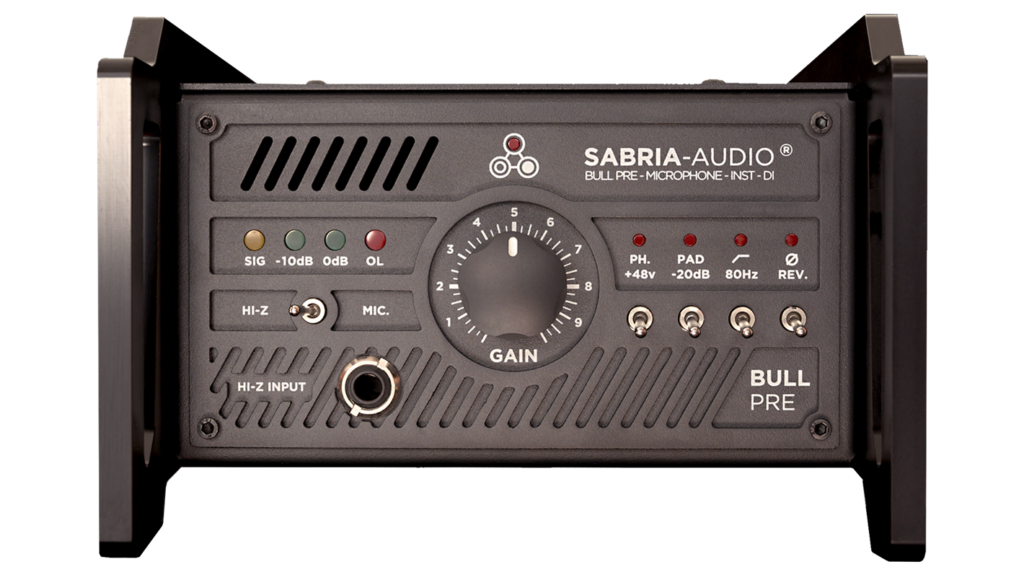Pro-tip #4
Sabria-Audio®
Microphones impedance & output level
Technical & unavoidable points.
Microphone impedances and output levels are crucial technical aspects that influence how microphones interact with audio equipment. Understanding these parameters is essential for achieving optimal signal flow, minimizing noise, and obtaining the best audio quality. Here's an overview of microphone impedances and output levels.
What is a microphone impedance?
Impedance is the opposition that an electrical circuit presents to the flow of alternating current (AC). It is measured in ohms (Ω). In the context of microphones, impedance is a critical factor because it affects the interaction between the microphone and the preamplifier or input stage of an audio system.
Low-Z vs. High-Z
Microphones are generally classified as low-impedance (Low-Z or Lo-Z) or high-impedance (High-Z or Hi-Z). Low-Z microphones typically have an impedance of 150-600 ohms, and are favored in professional audio applications.
Advantages of the low impedance
Low-Z microphones are more common in professional audio applications due to several advantages. They are less susceptible to interference, provide better signal integrity over long cable runs, and are compatible with a wide range of audio equipment, including professional mixers and audio interfaces.
Matching impedances
It's essential to match the impedance of the microphone with the input impedance of the connected equipment for optimal signal transfer. Mismatched impedances can lead to signal loss, distortion, and degradation of audio quality. It's essential to adhere to proper impedance matching practices to maintain signal integrity.
Transformer-coupled microphones
Some microphones use transformers to match impedance between the microphone element and the output stage. These transformer-coupled microphones often provide a balanced output and can offer certain sonic characteristics and can serve as a buffer against common-mode noise.
Microphones output levels
Output voltage
Microphones generate an electrical signal in response to sound waves. The strength of this signal is measured in volts and is referred to as the output voltage. The output voltage of a microphone is an important factor in determining how much gain (amplification) is required from the preamplifier or mixer input.
Dynamic VS Condenser microphones
Dynamic microphones, as ribbon microphones generally produce lower output voltages compared to condenser microphones. Condenser microphones, which require phantom power, often have higher sensitivity and generate stronger electrical signals.
Mic level VS Line levels
The output level of a microphone is often referred to as "mic level." It is significantly lower than the "line level" used in audio equipment such as mixers and audio interfaces. Preamplifiers are used to boost mic-level signals to line level for further processing.
Phantom Power and Condenser Microphones:
Many condenser microphones require phantom power (typically 48 volts) to operate. This additional power supply contributes to their ability to produce higher output levels and greater sensitivity.
Sensitivity
Microphone sensitivity is a measure of how efficiently a microphone converts sound pressure into an electrical signal. It is often specified in mV/Pa (millivolts per Pascal) or dBV/Pa (decibels referenced to 1 volt per Pascal).
Headroom & clipping
Headroom is the margin between the maximum level a microphone can produce without distortion (clipping) and the level where distortion occurs. Proper gain staging ensures that the microphone's output level is within the acceptable range, avoiding distortion in subsequent audio processing stages.
In a technical context, managing microphone impedances and output levels involves careful consideration of circuit parameters, signal transfer efficiency, and adherence to industry standards to achieve optimal performance and sonic fidelity in professional audio systems.
On the Sabria-Audio® main preamps range, the 60dB gain fits easily with all types of microphones (common to the Source Tube Preamp, Dual Pre or the Bull Pre).
And for the special microphones - the wild children - that have a very very low output level or a special sensitivity, we had to make and effort more. We are working on the Rdx 500 preamp, providing a 70dB gain with s/n ratio very effective. We owe you all the solutions, it's our job.







